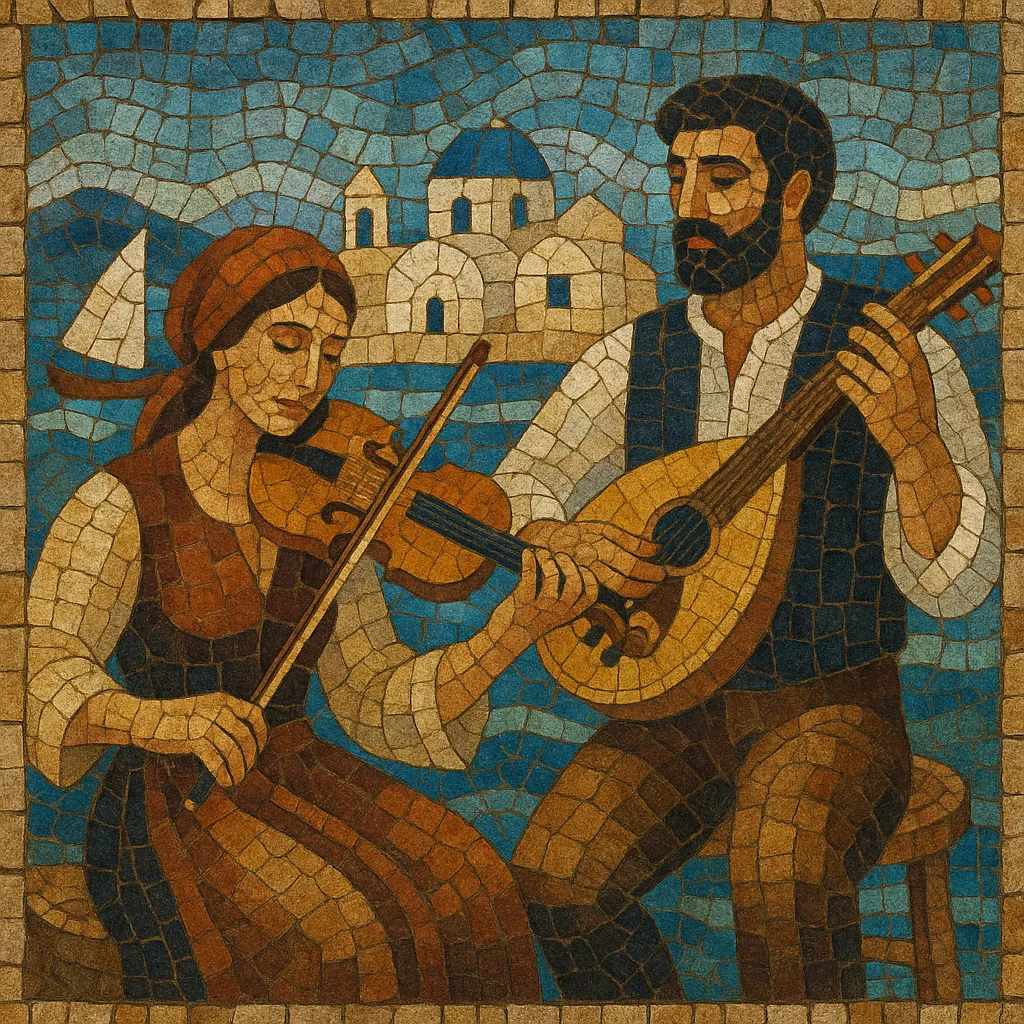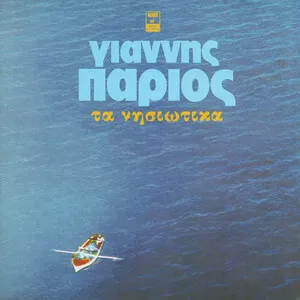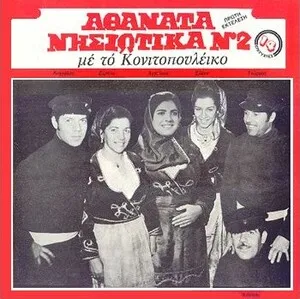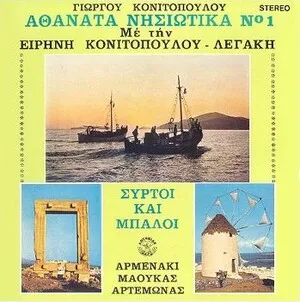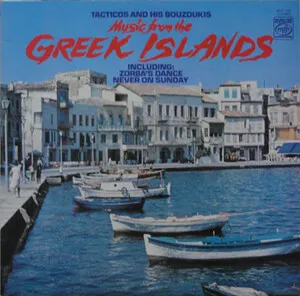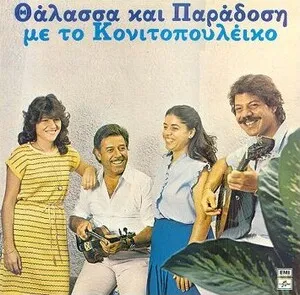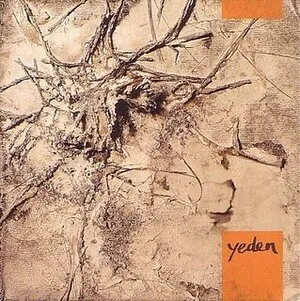Aegean Islands folk music (nisiotika) is the traditional music of the Cyclades, Dodecanese, and North Aegean islands of Greece. It is best known for lively dance tunes like syrtos, ballos, and sousta, alongside narrative and love songs sung in a bright, ringing vocal style.
The core sound is led by violin with laouto (long‑neck lute) providing rhythmic and harmonic support, often joined by tsampouna (Aegean bagpipe), santouri (hammered dulcimer), island lyra (especially in Karpathos and Kasos), and frame or goblet drums. Melodies draw on Byzantine modal practice and Anatolian maqam colors (notably Hijaz), featuring microtonal ornaments and expressive melismas. Meters are predominantly duple for dances (2/4 for syrtos and ballos), with regional variants in 7/8 and 9/8 (e.g., karsilamas) shared with neighboring Anatolia. Lyrics frequently use the 15‑syllable political verse and improvised couplets, celebrating seafaring life, weddings, migration, and island landscapes.
The Aegean seascape fostered a shared musical language across the Cyclades, Dodecanese, and North Aegean by the 1800s. Island communities adapted older Greek dimotiko song forms to local dances (syrtos, ballos, sousta), while church life and paraliturgical tradition carried Byzantine melodic habits into everyday singing.
Centuries of trade and proximity to Asia Minor shaped the repertoire. Contact with Smyrna/Izmir and the Anatolian coast encouraged modal borrowing (maqam‑derived dromoi such as Hijaz) and asymmetric meters (e.g., 9/8 karsilamas) that sat alongside quintessentially island duple dances. Instruments like the tsampouna persisted on smaller Cycladic islands, while violin–laouto duos dominated dance music across the region.
With the advent of gramophone recordings, island songs and dance sets began appearing on labels in Athens and abroad, capturing regional fiddlers and singers and standardizing versions of syrtos and ballos. This period helped crystallize a pan‑"nisiotika" identity even as local micro‑styles remained strong.
Post‑war migration brought island musicians to Athens and Piraeus, where traditional ensembles played weddings and clubs. Collectors and field recordists (e.g., Domna Samiou) documented village repertoires, while popular artists helped reintroduce the sound to national audiences. In the early 1980s, mass‑market releases of island songs (notably the breakout success of "Nisiotika" albums) led to a nationwide revival of Aegean dances and songs.
Festivals on Naxos, Ikaria, Karpathos, and Lesvos continue to transmit dance traditions, and community tsabouna revivals among youth have restored bagpipe playing to public life. Modern artists balance historically informed performance with new arrangements for concert stages and world‑music contexts, ensuring the repertoire remains both socially functional (feasts, weddings, panigyria) and artistically evolving.

